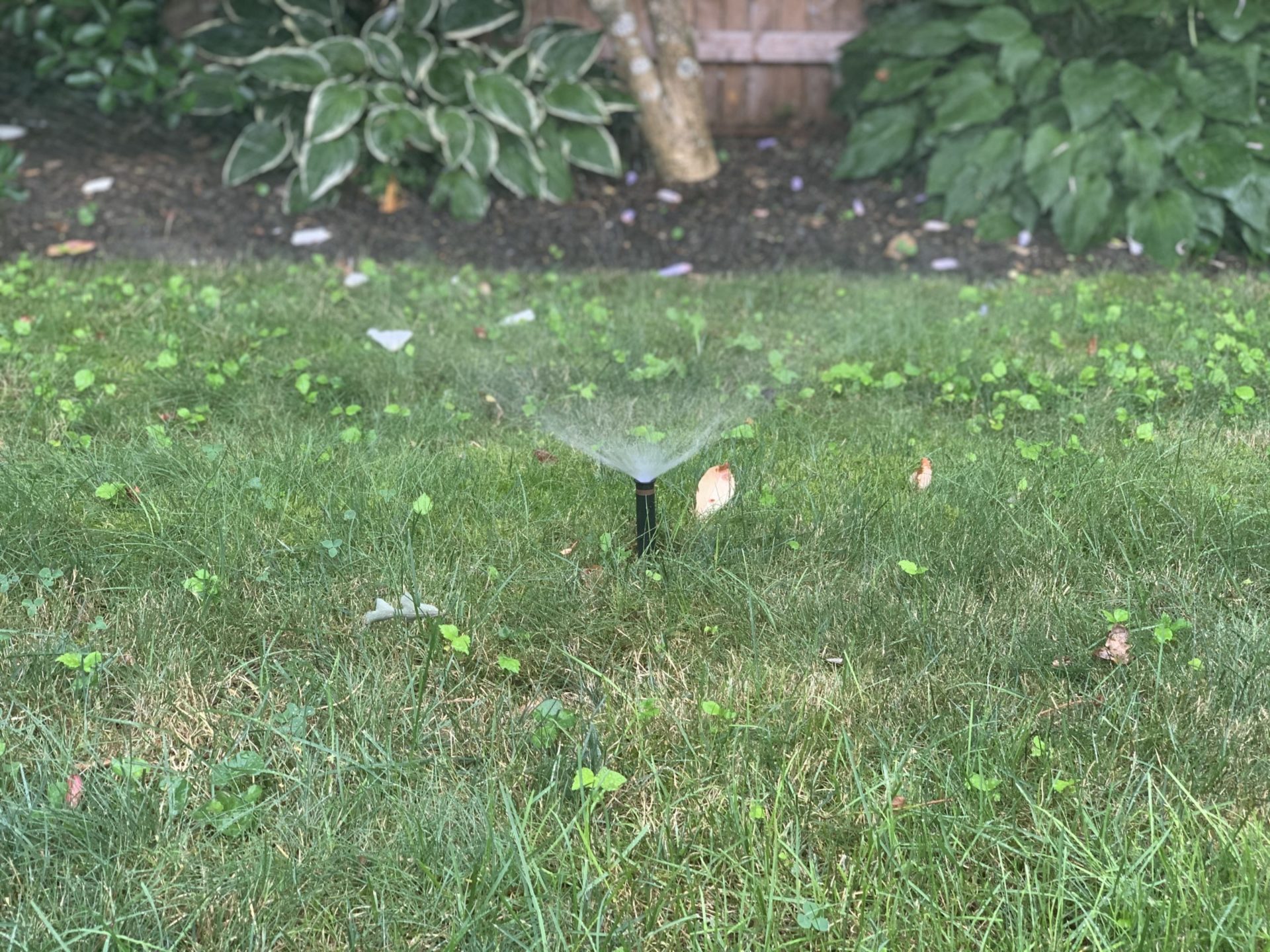Long Island Under a Drought Watch

Long Island is under a drought watch, along with three other regions in New York.
New York State Department of Environmental Conservation Commissioner Basil Seggos issued the watch after consulting with experts from the State Drought Management Task Force. The Upper Hudson/Mohawk area, the Adirondacks, and the Great Lakes/St. Lawrence area are also under the watch.
“The recent wave of extreme heat has caused a developing drought in several parts of the state and without adequate rain, conditions could worsen,” Governor Andrew Cuomo said. “I am encouraging all New Yorkers under local water restrictions to pitch in and take steps to conserve water whenever possible until the advisory is lifted to help prevent a more severe shortage.”
A watch is the first of four levels of state drought advisories, followed by warning, emergency and disaster. The state looks at the State Drought Index, which reflects precipitation levels, reservoir/lake levels, and stream flow and groundwater levels in the state’s nine drought regions.
The watch could not come at a worse time on the East End, when the Suffolk County Water Authority, which serves 1.2 million county residents, reported a 30 to 35 percent increased usage in June. Also, last week, it hit its all-time high water pumping figure across Suffolk.
While there are no water usage restrictions in place under a drought watch or the subsequent warning, the issuance of a watch is meant to encourage residents to voluntarily conserve water. Local public water suppliers could impose water-use restrictions depending upon local needs and conditions, according to Cuomo.
While the watch is just the first stage, it gives New York State agencies and emergency response advanced notice of a developing drought,” Seggos said in a statement on Tuesday. “We can all do our part conserving water now by taking some simple steps. Minor changes in your everyday routine can go a long way in helping prevent increased drought levels.”
The state offered these conservation tips:
- Fix dripping and leaking faucets and toilets. A faucet leaking 30 drops per minute wastes 54 gallons a month
- Raise lawn mower cutting height. Longer grass needs less water
- If the community allows watering, water lawns and gardens on alternate mornings instead of every day. Less frequent watering will develop grass with deeper roots, and early morning watering minimizes evaporation
- When using automatic lawn watering systems, override the system in wet weather or use a rain gauge to control when and how much water to use. A fixed watering schedule wastes water. Irrigate only when needed to save water and improve the lawn’s health
- Sweep sidewalks and steps rather than hosing them. Eliminating a weekly, five-minute pavement hose-down could save between 625 and 2,500 gallons of water per year depending on the flow rate.
More water saving tips, are available on the DEC’s website.









